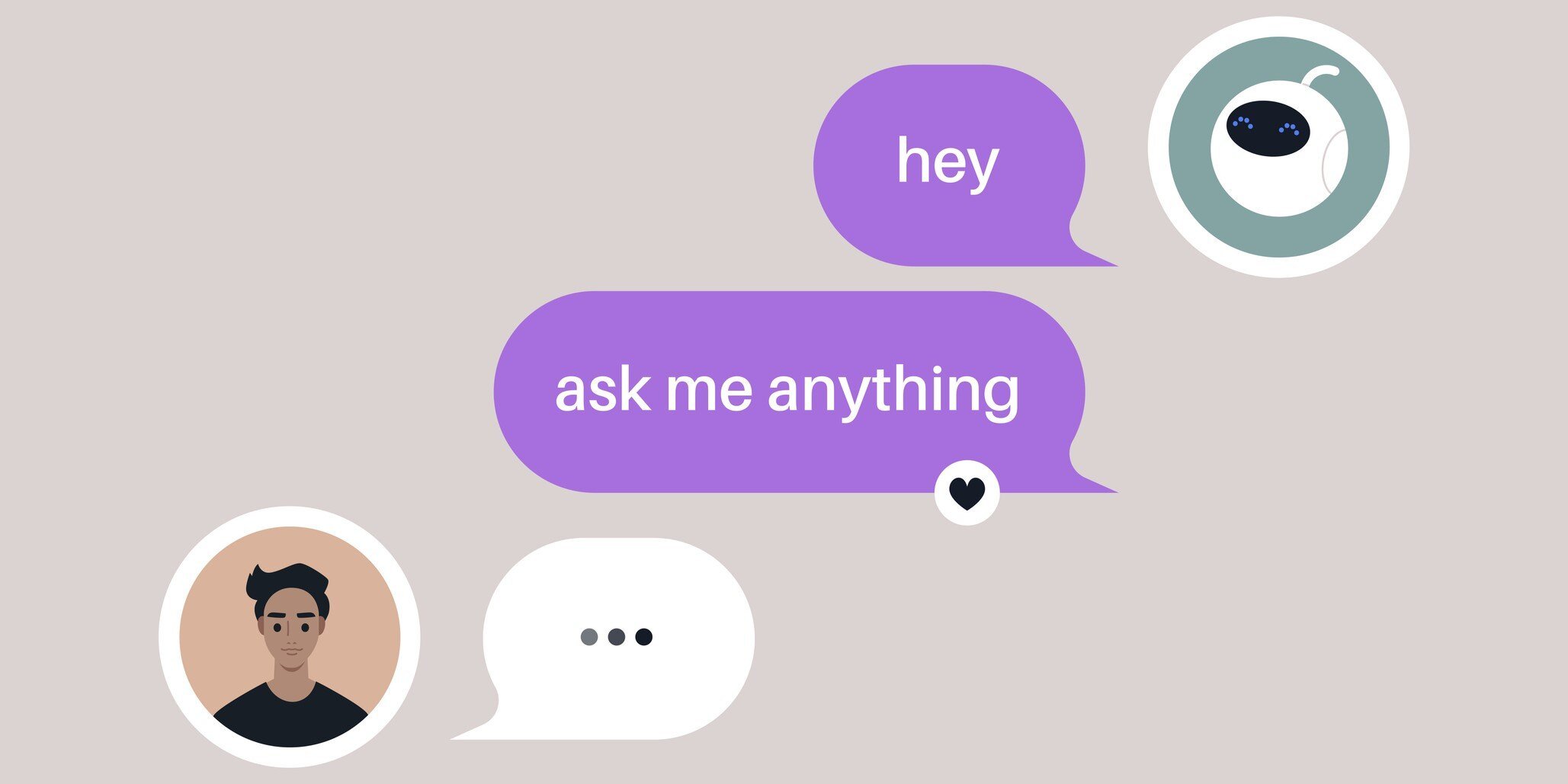Greetings from the frontiers of tech! I’m Timothy Smajda, the AI Enablement Team Lead at DocuWare. My team comprises software engineers and specialists who play a role in DocuWare’s AI-first initiatives. Our efforts include cultivating an internal culture of excitement about AI, procuring and building AI tools to help DocuWarians transform their work, and training our organization to have the right skills to use these new tools successfully.
Table of Contents
- How generative AI changed the game
- Prompt engineering: The art of thinking out loud
- Improved decision-making with AI: The ultimate rubberducking?
- From thought mirror to sparring partner
- Training an iterative mindset
- The real intelligence upgrade is within us, not AI
Because our team is on the frontlines of practical AI usage, we regularly see how AI tools transform people’s day-to-day work lives, creating value for teams across the organization. It’s revolutionizing our marketing team’s approaches with creative insights and content production. Our engineers and visionaries on our product teams use AI tools to assist with coding and software development.
This shift isn’t just about efficiency — it’s about unlocking new levels of creativity, innovation, and problem-solving across every department, empowering our teams to achieve more than ever before.
How generative AI changed the game

For nearly half a century, Artificial Intelligence has been a catalyst for change in business, but the 2022 release of OpenAI's ChatGPT put AI in everyone’s vocabulary. Before then, AI was primarily associated with automation, predictive analytics, and deep learning — powerful tools that streamlined business operation in industries that range from finance to entertainment. But the rise of Generative AI technologies like ChatGPT, Microsoft Copilot, and Google Gemini has redefined what AI can do.
More than just executing programmed rules, Generative AI tools perform tasks once thought impossible to automate — producing text that closely resembles human language, creating realistic images, writing functional code, and more. As a result of these breakthroughs, business leaders are exploring how AI can enhance productivity, automate time-consuming tasks, and produce high-quality content at scale. Many companies give employees access to tools like ChatGPT for efficiency and quality gains.
A marketing writer, for example, can quickly adapt content for five different markets with a single AI prompt, potentially saving afternoons of work. A software engineer might refine a 100-line Python script down to 25 lines with AI's help. The value of these productivity and quality improvements is clear.
But what’s less obvious is how these tools reshape the way users think. Generative AI works through a conversational interface, meaning that every interaction — prompting, analyzing, refining—reinforces valuable cognitive habits. These tools aren’t just something we use; they’re collaborative partners. And as we work with them, we sharpen our ability to articulate ideas, solve problems, and embrace a creative mindset— skills that extend beyond AI into everyday work and decision-making.
AI for automated document processing.
Increase efficiency at the beginning of the document lifecycle with DocuWare Intelligent Document Processing (IDP).

Prompt engineering: The art of thinking out loud

Gen AI has flipped the script on how we interact with software. In the past, we had to adapt to the machines we use — memorizing commands, navigating predefined interfaces, and providing inputs unique to the language of the tool we were using. But with tools like ChatGPT, software has the ability to understand commands given in human language. Now, our tools are responsible for understanding us.
While this shift makes AI tools more flexible in what they can achieve, it also places a new responsibility on the user. Users have to express their objectives clearly when they want AI to perform a task for them. These commands are commonly referred to as prompts. This brings the practice and challenge of effective prompt engineering, where we communicate with these tools in a way that maximizes the quality of the results. The user experience is very similar to having a back-and-forth conversation with a colleague. We don't just use AI — we join forces with it.
As in any collaboration, the way we communicate shapes the quality of the results. The clearer we are, the better the AI tool can assist us. And the act of making our instructions clear strengthens how we think and express ideas.
Improved decision-making with AI: The ultimate rubberducking?

We've all had the experience of explaining a problem to a colleague and realizing — mid-sentence — the solution to the problem. This phenomenon occurs as the result of putting our thoughts into words for an audience, a process that often brings clarity and exposes the gaps and unstated assumptions that were previously hidden to ourselves.
It's often said that "a problem well-defined is a problem half-solved." And this is the core idea behind rubberducking, a well-known, problem-solving technique in software development. When a programmer finds themselves unable to understand why their code is not functioning as expected and are tempted to seek a colleague's assistance, they are encouraged to first explain their problem and code to a rubber duck (or any other inanimate object) that they keep on their desk. What often happens is that, as the programmer explains the problem and articulates what their code is doing line by line, the flaws in their code and their thinking become clear to them.
Generative AI tools take the rubber duck concept one step further as users articulate the problems or tasks that they present as prompts. Not only can writing good prompts help users understand their tasks or problems more clearly, but the AI tool's response can pick up where the user's understanding ends and carry them to a new threshold of thought. This rubber duck doesn't just squeak — it talks, too!
The more we engage with good prompting practices that require clear descriptions of our problems, the sharper our thinking becomes. And these habits of thought don't stop when we close the chat window. The same communication skills required for communicating well with Generative AI tools are the same skills we use when collaborating with our colleagues.
From thought mirror to sparring partner 
While good prompting practices, like rubberducking, help us define our problems more precisely and spot gaps in our reasoning, we can get more than just good answers from a tool like ChatGPT. We often think of ChatGPT as a tool that does the work for us and provides answers, but it provides just as much value by giving us critical feedback.
Conversations with AI tools can serve the same purpose as bouncing ideas off our trusted colleagues. Say a business executive is developing a strategy for an upcoming initiative. While they may already have a direction in mind and are waiting to present it to the other leaders in their organization, they can test the idea by bringing their idea to a tool like ChatGPT and ask:
- What weaknesses might exist in my approach?
- How might someone with a different perspective challenge this idea?
- What potential outcomes am I overlooking?
We can spot alternative viewpoints and potential pitfalls, pressure-testing our reasoning, and by the time we share our tested ideas with others, they're sharper and more thoroughly considered.
Another unique advantage of using AI tools as a sparring partner is its lack of bias towards our existing thinking. Human colleagues often provide valuable feedback, but their perspectives can be filtered by your organization's culture, their personal experiences, or the social dynamics that exist between you and them. But AI tools can interact with our ideas without a distracting agenda in the back of its mind, which makes it particularly useful when we need a neutral perspective. You can even have fun with it and customize prompts to have ChatGPT emulate a famous business leader's personality, tailoring its feedback style to someone that you know will cut to the chase and give no-nonsense responses.
Training an iterative mindset

If you've worked enough with Generative AI tools, you know that we can't treat them as one-shot answer machines. While a well-crafted prompt can take us far, these tools rarely produce the perfect response on the first try. The best results come from a back-and-forth process—sending an input, evaluating the output, refining our request, and improving the result step by step.
This process mirrors how the strongest ideas develop in the real world, often not through a "get it right on the first try" method but through constant iteration, making rapid, incremental improvements. When Pixar Animation Studios develops their incredibly successful films, like 2015's Inside Out, they often have dozens of internal screenings as the movie is being developed so that they can rapidly receive feedback and improve their stories. The writers of these films do not wait for a perfect script before committing their ideas to the screen. They make something tangible for others to see their ideas and provide input.
Because AI tools are always ready to respond without delay, this allows us to have our ideas and content rapidly "screened" for the sake of testing, tweaking, and improving our ideas. The more we use these tools, the less hesitant we are to only put our ideas forward until they feel fully polished, helping us become more comfortable with adjusting as we move forward and overcome the paralysis that can come from perfectionism. Instead of stalling out, we learn to put ideas into motion and improve them as we go.
Using Gen AI tools may be one of the best ways for us to see the value of embracing iteration as the key to improvement, helping our minds be more adaptable, flexible, and resilient in the face of challenges, inside and outside of our little chat boxes.
The real intelligence upgrade is within us, not AI
I have had colleagues tell me that the generative AI chat tool we provide to DocuWarians is "getting smarter." The tool is supposedly learning how to give better responses as more people use it. But this is a misperception of why they are getting better results. I know there is no automated learning or information gathering going on in the backend of our particular tool. What's really happening is that our users are the ones that are getting smarter! By using these tools regularly, they're getting better at articulating their thoughts, adapting an iterative mindset, and improving their minds with the kinds of feedback the Generative AI tools can conveniently provide.
We’re only scratching the surface of what this technology can offer. As OpenAI’s Adam Goldberg noted at the 2024 AI Summit in New York, even if no new large language Models were developed, we would still have at least a decade’s worth of discoveries to make about how to best leverage the ones we already have. This suggests that the biggest breakthroughs may not come from new AI models alone, but from how we learn to use these models more effectively and because our brains evolve as a result.



